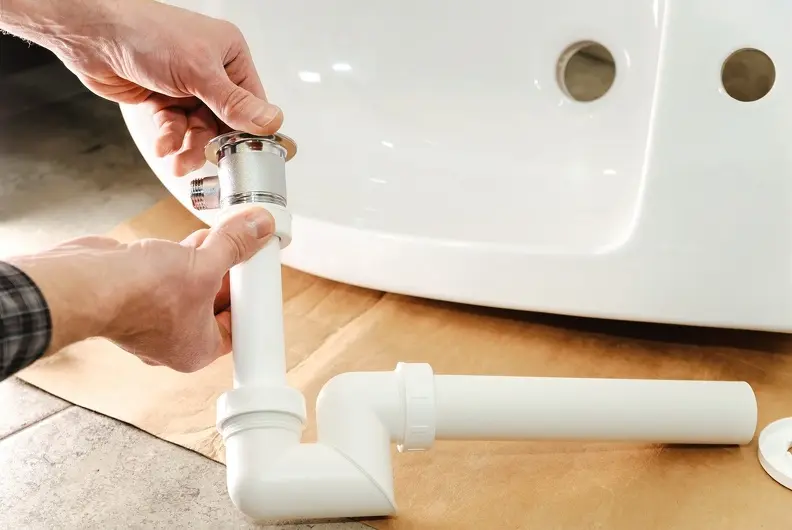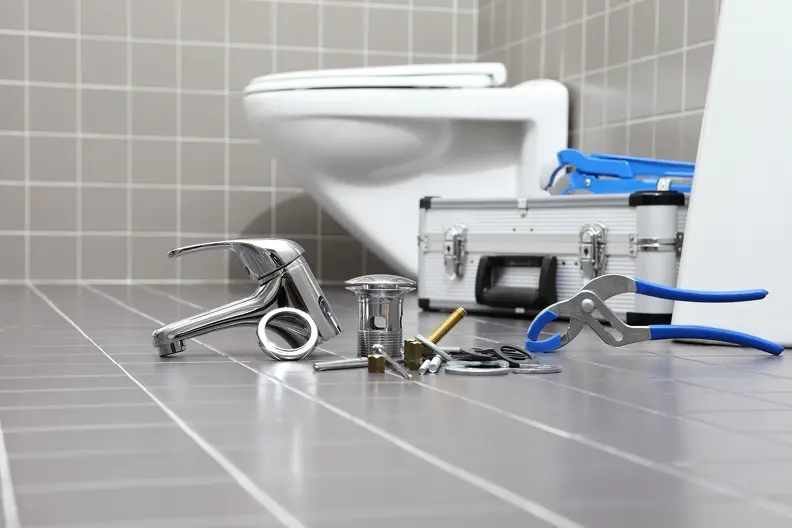Common Mistakes to Avoid During Toilet Installation
Avoiding Errors for a Smooth Plumbing Experience
Installing a new toilet can be a daunting task, even for the most seasoned DIY enthusiasts. While it might seem straightforward, there are many pitfalls that can lead to costly mistakes and wasted time. Understanding these common errors is crucial in ensuring a successful installation. Whether you’re tackling this project yourself or hiring a professional, being aware of potential issues can save you from unnecessary frustration and help you achieve optimal results.

Understanding the Basics
Before diving into the installation process, it’s important to familiarize yourself with the basic components of a toilet system. This knowledge will guide you through the setup and help prevent errors that could disrupt functionality. Take time to examine the different parts like the bowl, tank, wax ring, and flange. Knowing how these elements work together is fundamental in avoiding problems later on.
Ensuring Proper Alignment
One of the critical aspects often overlooked is the alignment of the toilet with the floor flange. Misalignment can lead to leaks and unstable fixtures. When positioning the toilet, make sure it sits perfectly centered over the flange. A proper fit prevents wobbling and ensures a secure connection between the toilet and plumbing system. Pay attention to details and adjust as necessary during the initial stage of toilet installation.

The Importance of Wax Ring Selection
The wax ring serves as a seal between the toilet base and the drain pipe. Choosing the right type is crucial for preventing leaks. There are various options available, including standard wax rings and more advanced alternatives like wax-free seals. Each has its pros and cons, so consider your floor type and personal preference when making a selection. Installing an appropriate wax ring is key to successful toilet installation.
- Standard wax rings: Affordable but less forgiving if misaligned
- Wax-free seals: Easier to install and replace, suitable for uneven floors
- Extra-thick rings: Ideal for higher flanges
Tightening Bolts Too Much
Over-tightening bolts during installation can cause damage to both the toilet and flooring. It’s essential to apply just enough pressure to create a solid attachment without cracking the porcelain or damaging tiles beneath. Use a consistent, gentle approach, gradually applying force as needed while checking stability after each adjustment. Proper bolt tensioning is vital to avoid future complications.
Sealing Connections Correctly
Properly sealing all connections ensures a leak-free setup. Failing to do so can result in water escaping from joints and damaging surrounding areas. Utilize plumber’s tape on threaded fittings and ensure all rubber gaskets are intact and well-positioned. Double-check each joint for any signs of potential weakness before finalizing the installation process.
Avoiding Hidden Costs
While opting for cheaper materials might seem cost-effective initially, it can lead to unexpected expenses down the line. Investing in quality components pays off by reducing maintenance needs and prolonging the lifespan of your toilet system. Evaluate long-term benefits against upfront costs to make informed decisions throughout your project.
Your Next Steps With Expert Help
If you’re feeling uncertain about tackling this project alone, reaching out to professionals can provide peace of mind. Our team at Greenwich Plumbing Services is ready to assist with expert advice and services tailored to your needs. Located in Greenwich, CT, we offer comprehensive support for all bathroom upgrades. Contact us today at (914) 580-1508 to learn more about our services.